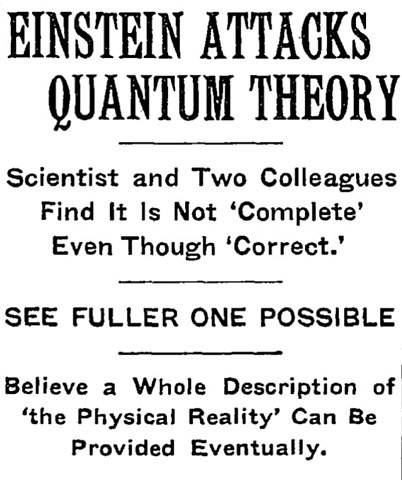Quantum mechanics is a branch of physics that describes the behavior of matter and energy at the smallest scales, where classical physics no longer applies. It’s a fascinating and often mind-bending field that has revolutionized our understanding of the fundamental nature of the universe. Here’s a beginner’s guide to uncovering the mysteries of quantum mechanics:
1. Wave-Particle Duality:
- In classical physics, particles like electrons and photons were thought of as tiny particles with definite positions. However, in quantum mechanics, these particles also exhibit wave-like behavior. This duality is one of the fundamental principles of quantum mechanics.
2. Quantum Superposition:
- Quantum superposition allows particles to exist in multiple states simultaneously. For example, an electron can exist in multiple positions around an atomic nucleus at the same time. It’s only when we measure or observe the particle that it “chooses” one state.
3. Quantum Entanglement:
- Quantum entanglement is a phenomenon where particles become correlated in such a way that the state of one particle directly influences the state of another, regardless of the distance between them. This interconnectedness is a crucial aspect of quantum mechanics.

4. Quantum States and Observables:
- Quantum states are described by wave functions, mathematical expressions that represent the probability of finding a particle in a particular state. Observables, such as position and momentum, are properties we can measure, and their values are determined by the wave function.
5. Uncertainty Principle:
- Formulated by Werner Heisenberg, the uncertainty principle states that certain pairs of properties, such as position and momentum, cannot both be precisely known simultaneously. The more precisely we know one property, the less precisely we can know the other.
6. Quantum Tunneling:
- Quantum tunneling is a phenomenon where particles can pass through energy barriers that, according to classical physics, should be insurmountable. This is crucial in understanding processes like nuclear fusion in stars and the operation of certain electronic devices.
7. Quantum Mechanics and Technology:
- Quantum mechanics has practical applications in various technologies. Quantum computers, quantum cryptography, and quantum sensors are areas of active research that leverage the unique properties of quantum systems for computational and informational advantages.
8. Schrodinger’s Cat:
- Schrödinger’s cat is a famous thought experiment that illustrates the principles of superposition. In a hypothetical scenario, a cat in a sealed box is both alive and dead until someone opens the box and observes the cat.
9. Quantum Interference:
- Quantum interference occurs when two or more quantum paths overlap, leading to enhanced or diminished probabilities of specific outcomes. It is a phenomenon crucial to understanding interference patterns in quantum experiments.
Understanding quantum mechanics requires a willingness to embrace the counterintuitive nature of the quantum world. It challenges our classical intuition but has proven to be an incredibly successful and accurate framework for describing the behavior of particles at the quantum level. As you delve deeper into the mysteries of quantum mechanics, you’ll encounter a rich and complex landscape that continues to captivate physicists and researchers around the world.











